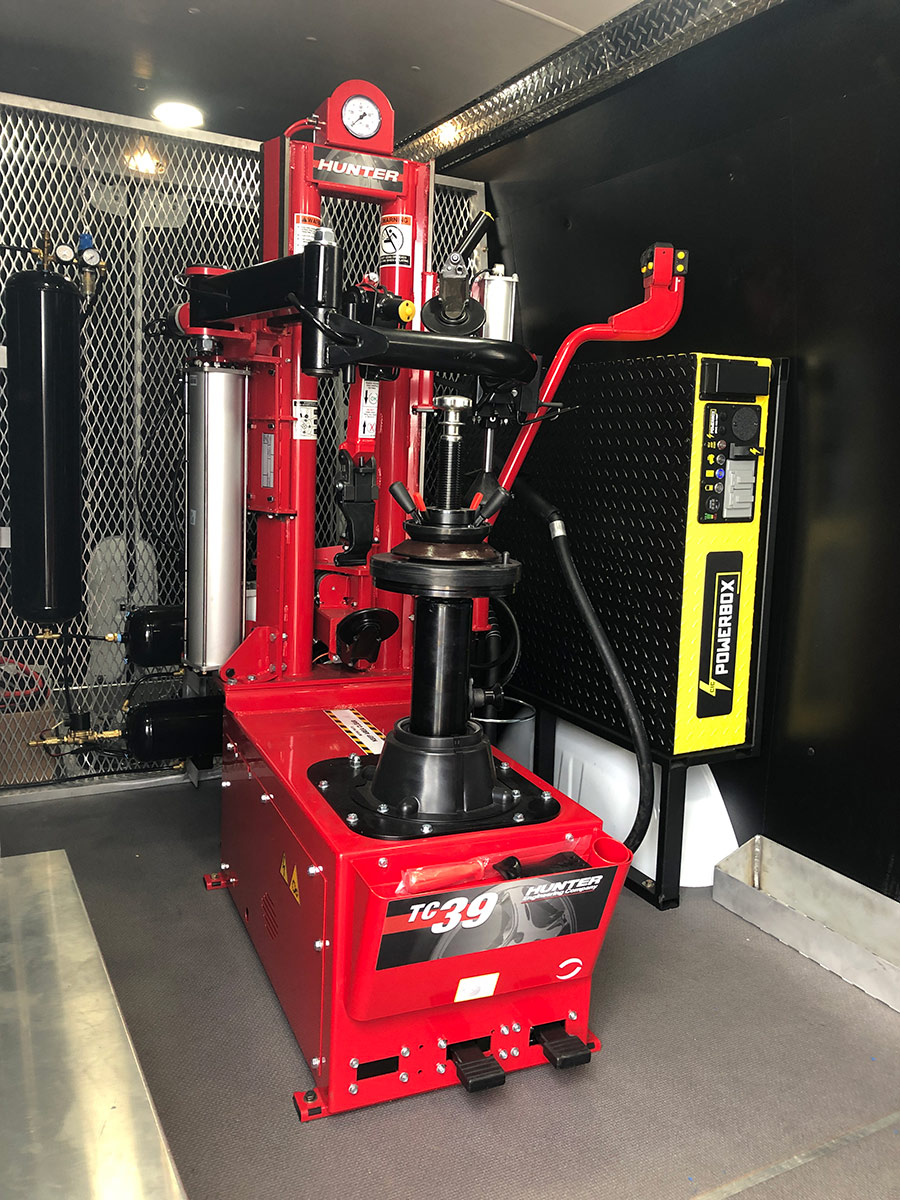Specialist Mobile Tire Repair in Las Vegas - Fast Service Guaranteed
Specialist Mobile Tire Repair in Las Vegas - Fast Service Guaranteed
Blog Article
Tire Solution: Proven Techniques for Optimal Tire Upkeep and Care
From making certain proper tire pressure to routine turning and alignment, there are tested approaches that can significantly extend the life expectancy of your tires and boost total driving experience. Let's delve into the world of tire solution and uncover the keys to maintaining your tires in first-class shape for the long haul - Mobile Tire Change Las Vegas.
Importance of Tire Pressure
Proper tire pressure is an important consider making certain optimum vehicle performance and safety and security on the road. Keeping the recommended tire pressure levels offered by the producer provides numerous benefits. Appropriate tire pressure advertises far better gas effectiveness, as under-inflated tires can lead to enhanced rolling resistance, causing the engine to function tougher and eat even more fuel. Appropriate tire pressure makes sure even tread wear, enhancing tire longevity and saving money in the lengthy run by delaying the demand for premature replacements. In addition, correctly blew up tires add to improved handling and stopping abilities, essential for secure driving in different roadway conditions. Over-inflated tires, on the various other hand, can lead to lowered traction and a harsher adventure. On the other hand, under-inflated tires are prone to getting too hot, which can lead to accidents and blowouts. Routinely examining and adjusting tire pressure, particularly in the past long trips, is a straightforward yet effective way to improve vehicle efficiency, expand tire lifespan, and focus on safety and security when driving.
Tire Turning Standards
When considering tire rotation guidelines, it is vital to recognize the relevance of this upkeep task in optimizing tire life-span and keeping optimum lorry efficiency. Tire rotation includes transforming the placement of each tire on a lorry to ensure also step wear. Front tires often tend to put on extra promptly than back tires as a result of guiding pressures, making routine rotation essential for balanced wear patterns. The recommended turning pattern differs depending upon whether a car is front-wheel, rear-wheel, all-wheel, or four-wheel drive. Usually, tires ought to be rotated every 5,000 to 7,500 miles, or as advised in the car manual. Neglecting tire turning can cause uneven wear, affecting handling, grip, and potentially compromising car safety and security. By adhering to proper turning guidelines, chauffeurs can expand the life of their tires, enhance fuel performance, and enhance total driving experience. Routine rotation is an easy yet effective maintenance learn the facts here now practice that adds dramatically to tire durability and vehicle efficiency.

Benefits of Wheel Placement
Guaranteeing correct wheel alignment after tire rotation is vital for maintaining balanced wear patterns and optimizing lorry performance. Wheel alignment refers to the modification of the angles of the wheels to the maker's requirements. One of the key benefits of wheel positioning is enhanced read more steering and handling reaction. When the wheels are correctly lined up, it minimizes guiding initiative, making certain a smoother and extra regulated driving experience. Additionally, correct wheel alignment helps to extend the lifespan of your tires. Misaligned wheels can cause uneven tire wear, bring about early tire substitute and raised upkeep prices.

Tire Footstep Depth Inspect
Executing a routine evaluation of tire walk depth is important for maintaining secure driving problems and extending the lifespan of your tires. Uneven step wear can show problems with tire alignment, suspension, or stress, highlighting the relevance of routine step deepness checks. By incorporating tire step deepness checks into your routine upkeep routine, you can drive with confidence recognizing that your tires are in top condition.
Seasonal Tire Assessment
Seasonal tire inspection is a basic facet of tire upkeep that makes certain tires are all set to encounter the difficulties presented by various climate problems. In preparation for winter season, it is important to check the tire stress on a regular basis as chilly temperatures can trigger tire pressure to drop. Continued By performing regular seasonal tire examinations, vehicle drivers can extend tire lifespan, boost gas effectiveness, and most importantly, ensure a safe and secure driving experience in differing weather problems.
Final Thought
In final thought, preserving proper tire stress, rotating tires frequently, lining up wheels appropriately, checking tread deepness, and conducting seasonal assessments are essential practices for optimal tire care. By complying with these verified methods, vehicle drivers can guarantee their tires last longer, execute better, and add to overall automobile safety. It is crucial to prioritize tire maintenance to stop mishaps, boost fuel effectiveness, and lengthen the life-span of tires.
Appropriate tire stress promotes much better gas performance, as under-inflated tires can lead to enhanced rolling resistance, creating the engine to function more difficult and take in even more fuel.When thinking about tire turning standards, it is vital to recognize the significance of this upkeep job in optimizing tire life-span and maintaining optimal car efficiency. Seasonal tire examination is a fundamental aspect of tire maintenance that guarantees tires are prepared to face the difficulties postured by various weather conditions. By conducting routine seasonal tire evaluations, motorists can lengthen tire life-span, boost gas performance, and most notably, make certain a protected driving experience in varying weather condition conditions.
In verdict, maintaining proper tire stress, revolving tires routinely, aligning wheels correctly, keeping track of tread depth, and conducting seasonal assessments are crucial techniques for optimum tire treatment.
Report this page